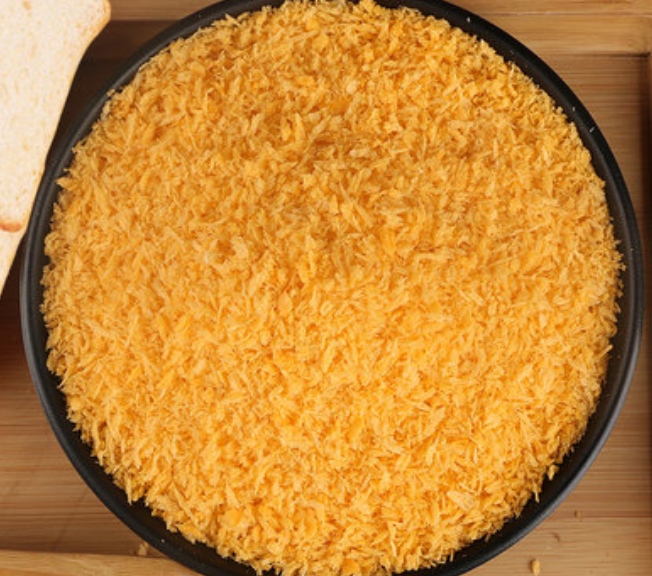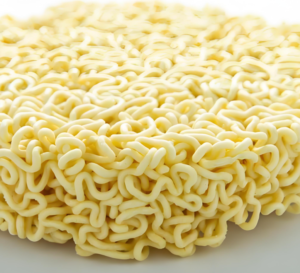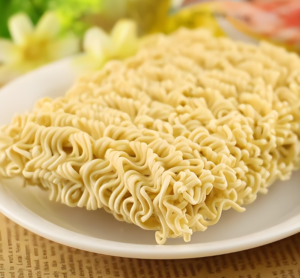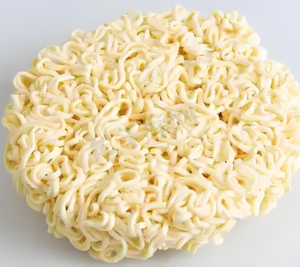<h1>The Versatile Uses of Bread Crumbs: Opportunities in Global Trade</h1>bread crumb making making machine
ToggleIntroduction
Bread crumbs, a staple derived from dried and ground bread, play a significant role in various industries worldwide. For businesses in foreign trade, understanding their applications can unlock new export and import opportunities. This article explores the diverse uses of bread crumbs, from culinary to industrial settings, providing valuable insights for manufacturers, exporters, and suppliers.
As a key ingredient in food processing and beyond, bread crumbs offer cost-effective solutions that enhance product quality and appeal. We’ll delve into their benefits, practical applications, and how they align with international trade trends, ensuring your business stays competitive in a global market.
What Are Bread Crumbs?
Bread crumbs are finely ground particles made from leftover or baked bread that’s dried and processed. They come in various forms, such as plain, seasoned, or panko-style, and are valued for their texture and absorption properties.
In the context of foreign trade, bread crumbs are a high-demand commodity, especially in regions like Europe, North America, and Asia. Manufacturers often export them as bulk ingredients, capitalizing on their versatility to meet diverse industry needs.
Culinary Applications of Bread Crumbs
In the culinary world, bread crumbs are essential for creating crispy coatings and binders in dishes. They are commonly used in frying foods like chicken nuggets or fish fillets, providing a golden, crunchy exterior that enhances flavor and texture.
For food service businesses and exporters, bread crumbs enable the production of ready-to-cook meals that appeal to international consumers. Their ability to absorb flavors makes them ideal for global recipes, from Italian meatballs to Japanese tempura.
Uses in Baking and Pastry
Bread crumbs serve as a thickening agent in baking, helping to bind ingredients in items like meatloaves or stuffing. This application is popular in commercial bakeries that supply supermarkets and restaurants.
Exporters can leverage this by targeting markets where convenience foods are in demand, such as in the U.S. or UK, where bread crumbs are a key component in holiday stuffing and casseroles.
Role in Sauces and Soups
In sauce preparation, bread crumbs act as a stabilizer, preventing separation and improving consistency. This is particularly useful in industrial food production for creating shelf-stable products.
For B2B traders, supplying bread crumbs for soup mixes or ready-made sauces can open doors to partnerships with global food brands, boosting export volumes and revenue.
Industrial and Commercial Uses
Beyond the kitchen, bread crumbs find applications in food processing industries as fillers and extenders. They help reduce costs in meat products by increasing volume without compromising taste.
Manufacturers in foreign trade often export bread crumbs for use in pet food formulations, where they provide texture and nutritional bulk, making them a sustainable option for animal feed producers.
In Pet Food and Animal Nutrition
Bread crumbs are incorporated into pet food to enhance palatability and serve as a carbohydrate source. This use is growing in markets like China and the EU, where pet ownership is rising.
Businesses specializing in agricultural exports can capitalize on this by sourcing high-quality bread crumbs, ensuring compliance with international standards like those from the FDA or EU regulations.
Applications in Non-Food Industries
Surprisingly, bread crumbs are used in cosmetics and personal care products as natural exfoliants in scrubs and soaps, thanks to their gentle abrasive properties.
In the pharmaceutical sector, they act as binders in tablet formulations, offering an eco-friendly alternative to synthetic materials. This versatility makes bread crumbs an attractive product for diversified export portfolios.
Health and Nutritional Benefits
From a nutritional standpoint, bread crumbs can be fortified with vitamins and minerals, making them a functional ingredient in health-focused products. They provide dietary fiber, which supports digestive health.
For exporters, emphasizing these benefits can differentiate products in competitive markets, such as organic-certified bread crumbs for health-conscious consumers in North America and Europe.
Sustainability and Eco-Friendly Aspects
Bread crumbs promote sustainability by repurposing food waste from bakeries, reducing environmental impact. This aligns with global trends toward circular economies.
Companies in foreign trade can market these as “green” products, appealing to buyers in regions with strict environmental regulations, and potentially qualifying for eco-certifications.
Export Opportunities and Market Trends
The global bread crumbs market is expanding, driven by demand from the food and beverage industry. Key export destinations include the United States, Germany, and Japan, where processed foods are staples.
Businesses can explore B2B partnerships by highlighting customization options, such as gluten-free or organic variants, to meet specific importer requirements and boost trade relations.
Challenges and Solutions in International Trade
Exporting bread crumbs involves navigating regulations like tariffs and food safety standards. Challenges such as moisture control during shipping can be mitigated with proper packaging.
To succeed, traders should invest in quality assurance and use platforms like Alibaba or trade shows to connect with buyers, ensuring a steady supply chain for long-term growth.
Future Innovations
Innovations like flavored or nutrient-enriched bread crumbs are emerging, creating new opportunities in the functional foods sector. This could lead to higher-value exports for manufacturers.
As consumer preferences shift toward plant-based options, bread crumbs made from alternative grains offer a pathway for businesses to adapt and expand their market reach.
Frequently Asked Questions
Below, we address common queries about bread crumbs to help businesses in foreign trade make informed decisions.
What are the main types of bread crumbs available for export? Bread crumbs typically include plain, seasoned, and panko varieties, each suited to different applications like frying or baking.
How can bread crumbs enhance product shelf life? They act as moisture absorbers, helping to extend the freshness of packaged foods, which is crucial for international shipping.
Are there regulations for exporting bread crumbs? Yes, exporters must comply with food safety standards from bodies like the WTO and local authorities, including labeling and allergen declarations.
What packaging is best for bread crumbs in global trade? Airtight, moisture-resistant packaging such as sealed bags or containers prevents degradation during transit.
How do bread crumbs contribute to cost savings in food production? By serving as extenders, they reduce the need for more expensive ingredients, lowering overall production costs for manufacturers.
Conclusion
In summary, bread crumbs offer a wide array of uses that extend from everyday culinary applications to innovative industrial solutions, making them a valuable asset in foreign trade. By leveraging their versatility, businesses can tap into growing markets, enhance product offerings, and promote sustainability. Whether you’re an exporter seeking new opportunities or a manufacturer optimizing operations, understanding these applications ensures long-term success in the global marketplace.








